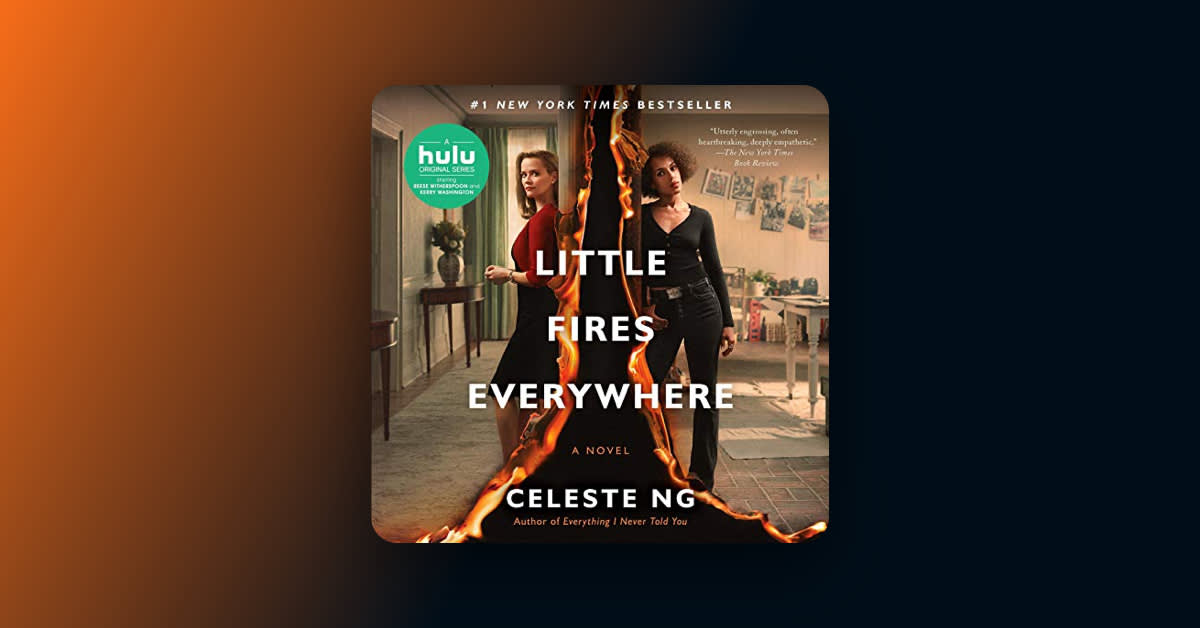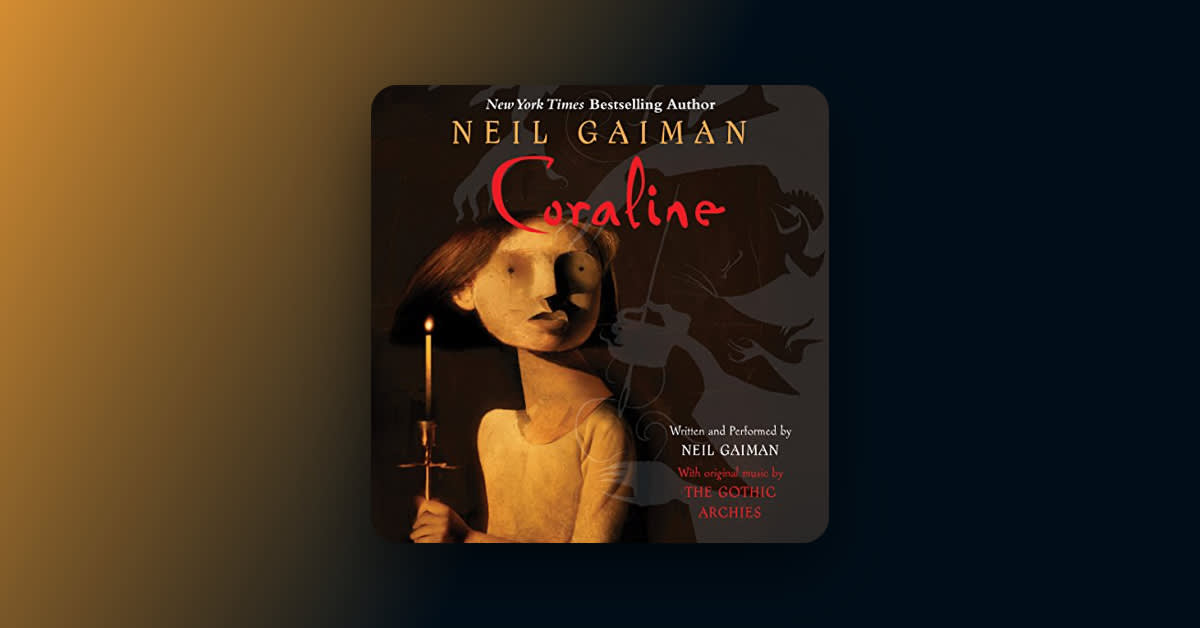Why it’s essential
’s unpauseable novel, which inspired a hit TV miniseries, delves into family dynamics, motherhood, identity—and secrets—through the lives of two suburban Ohio families.
Featured in .
What is Little Fires Everywhere about?
Set in Shaker Heights, Ohio, in the late '90s, focuses on two radically different women who are brought together by their children—with unexpected and, ultimately, tragic consequences.
Editor’s review
Mysia (“Misha”) is a book person who loves escaping into twisty mysteries and contemporary fiction driven by complicated characters.
I became a first-time mom at 40—to a nine-year-old girl. My daughter, Lucero, is adopted, and though she occasionally sounds like me (it’s thrilling to hear my words coming out of her mouth), we don’t look anything alike. In terms of race and ethnicity, Lucero is Black and Hispanic, and I’m white and roughly three-quarters English and a quarter Italian. Over the years, I’ve rarely encountered overt criticism for choosing transracial adoption, partly because Lucero was adopted as an older child who had spent nearly three years in foster care with five different families before I met her. Would I have been judged differently if I had adopted my daughter as an infant? Would I have adopted my daughter if I knew her biological mother had given her up in a moment of desperation and then regretted it and just as desperately wanted her back?
The theme of transracial adoption is what drew me to Little Fires Everywhere. Celeste Ng’s beautiful writing, richly drawn characters, and sensitive exploration of the challenges and complexities of motherhood are what kept me immersed in the story and left me thinking long after I had finished reading. Yes, I got caught up in the controversial battle for custody of a Chinese American baby (Mirabelle/May Ling) between the well-off white couple about to finalize her adoption and the birth mother who, for heart-wrenching reasons, was unable to care for her. But I became deeply invested in the novel’s two main characters, Elena Richardson and Mia Warren, and each woman’s fraught relationship with her own 15-year-old daughter. Opening in 1997, is set in Shaker Heights, Ohio—a suburban community carefully planned and maintained with the goals of integration and harmonious living. It’s an actual place, and the setting is integral to the story. Elena is a third-generation Shaker Heights resident and believes in rules and order as the keys to keeping the peace. She works as a reporter for the local paper, but her priority is being a mother to her four now teenage children—Lexie, Trip, Moody, and Izzy. Mia is a gifted photographer and, despite her nomadic lifestyle, a devoted mother as well. Her daughter, Pearl, has gotten used to not only moving from place to place but also to her mother’s knack for evading questions, especially about the identity of her father. When they arrive in Shaker Heights, however, Mia promises Pearl that the two of them will "stay put." They rent a house owned by the Richardsons, and before long, the lives of Elena and Mia—and the fates of their children—become intertwined in unexpected ways. The younger Richardson boy, Moody is curious about the new tenants and rides over on his bike to meet them. Moody and Pearl hit it off and become fast friends. He invites Pearl to his house, and she is immediately smitten by their lovely, well-organized home, by how they live up to her vision of a real, loving family, and by the older Richardson boy, Trip. Before long, Pearl is walking home to the Richardsons’ house after school every day. Elena is welcoming but wary, and sensing that her new tenant could use the money, she offers to hire Mia as her housekeeper. Reluctantly, and to Pearl’s mortification, Mia agrees to part-time work and soon forges a bond with Elena’s youngest child, the rebellious Izzy. While Elena sees Izzy as defiant and difficult to handle, Mia recognizes Izzy’s empathy for others and encourages her to act on her outrage against an injustice at school. Izzy is also fascinated by Mia’s photography and asks if she could use an assistant. Pearl prefers spending time at the Richardsons over doing anything with her mother, and Izzy seizes every chance to escape a family where she feels like a freak to be with Mia—sparking tension between Elena and Mia that only escalates when a bitter custody battle of a Chinese American baby divides the town. Already critical of Mia for her unconventional lifestyle and parenting, Elena starts digging into her tenant’s past—and as it turns out, Mia has a secret she’s been hiding. Since I want my review to be spoiler-free, I’ll just say that a lot happens in that’s hurtful to everyone—but especially Pearl and Izzy. And it doesn’t end well for anyone. As a narrator, Jennifer Lim does a wonderful job of telling this intricate, affecting story of motherhood, secrets, first love, art, and two very different women. Lim captures Celeste Ng’s gift for making both Elena and Mia—each of whom certainly has her flaws—not only intriguing but also sympathetic. I love novels about families driven by complicated, often unpredictable characters, and is one of the best I’ve read. In the Hulu adaptation, which I haven’t watched, Mia and Pearl are Black. In the book, their race is never stated, which, to me, adds another layer to Elena’s suspicions and actions. While listening to the novel, I pictured Mia as a bohemian with a troubled past she keeps trying to run away from. What I saw, in my mind’s eye, was her spirit rather than her skin color. If you haven’t streamed the miniseries, I urge you to listen first—with an open mind about both Mia and Elena. As the story progresses, your view of each of them is likely to change and just might surprise you.









